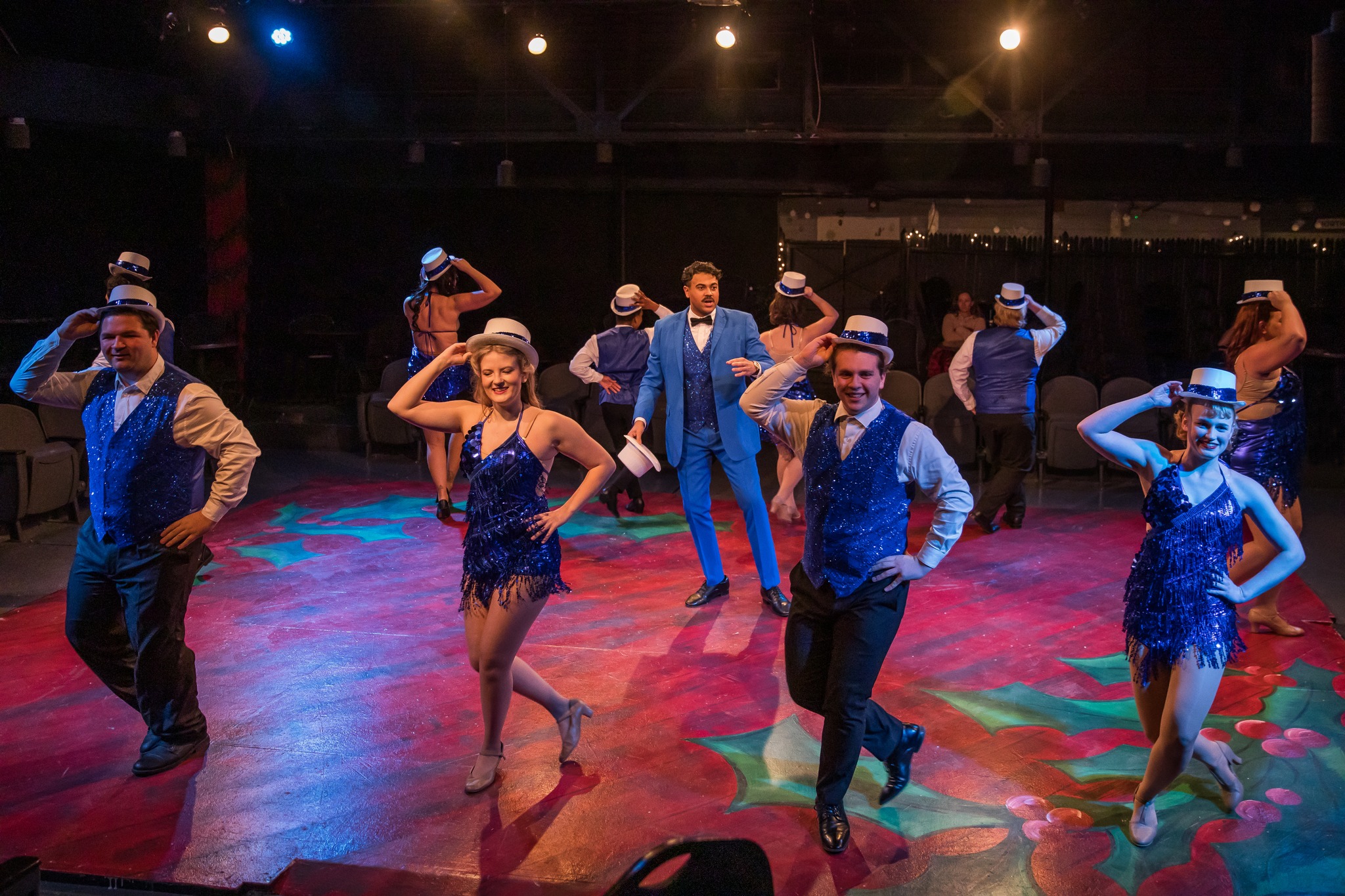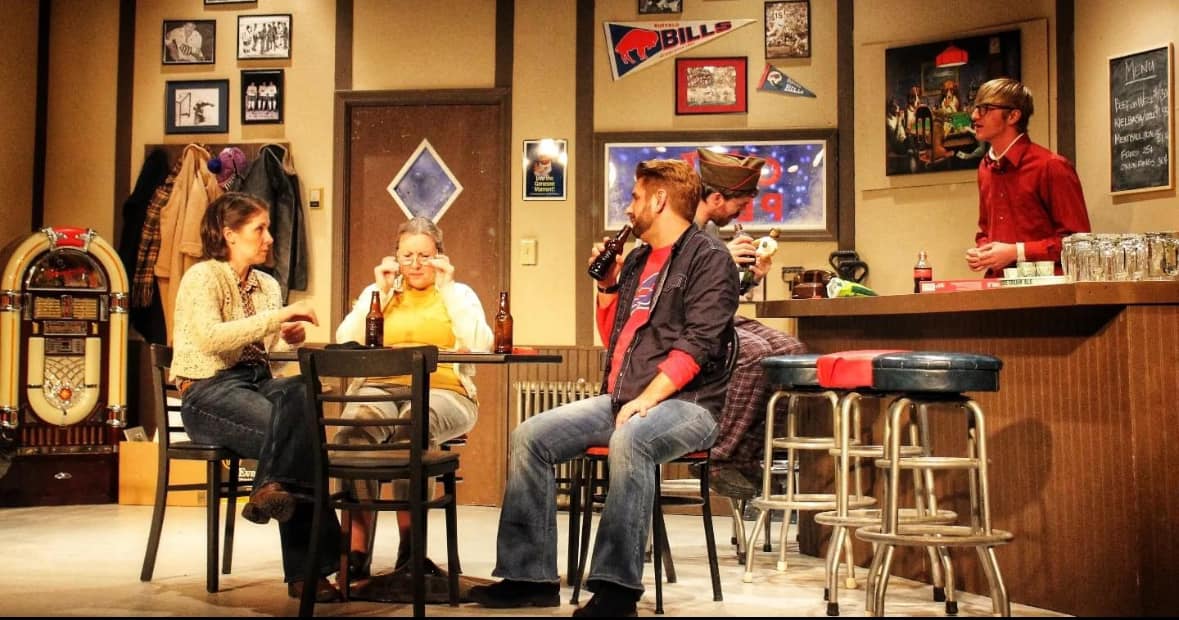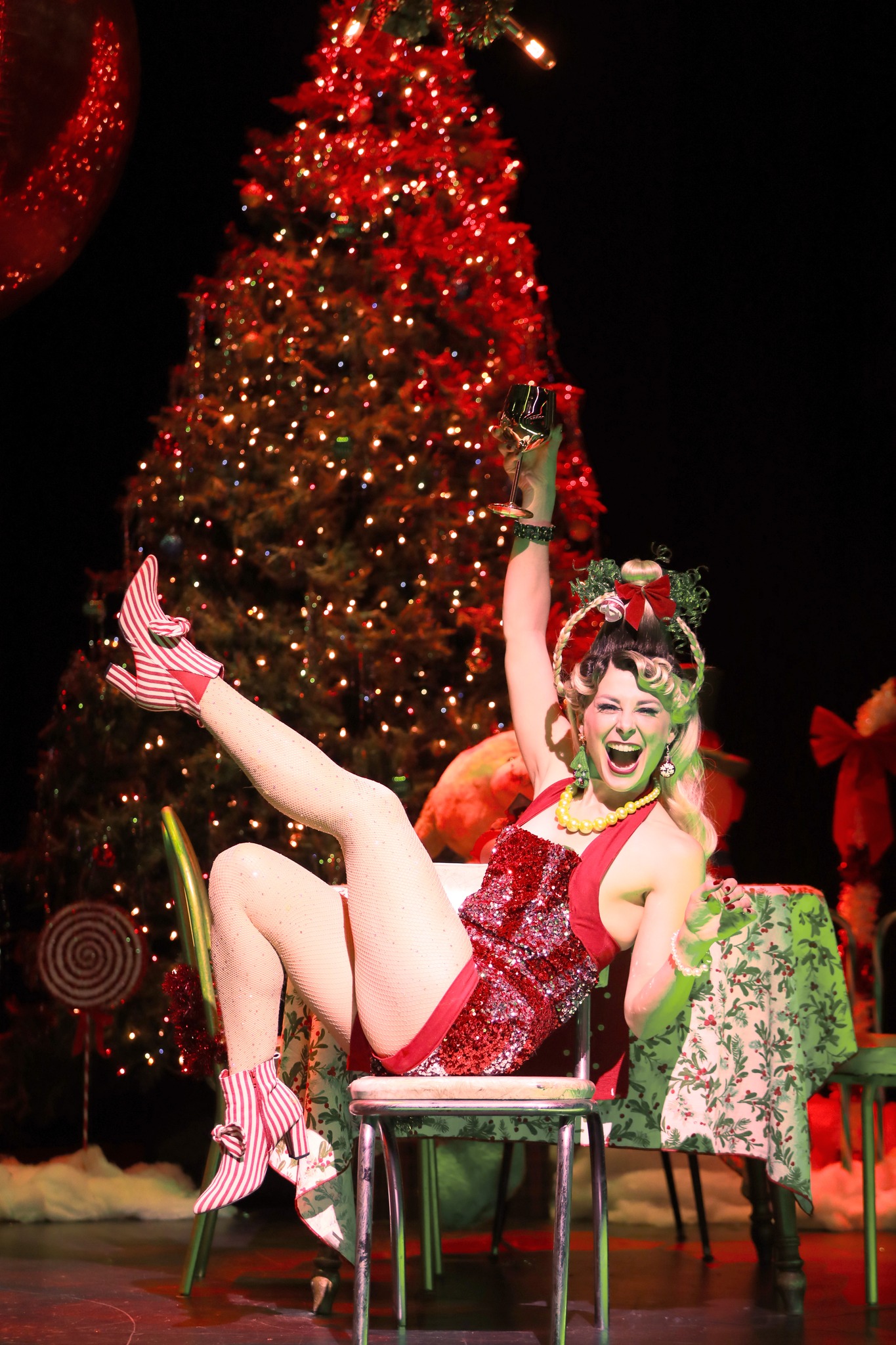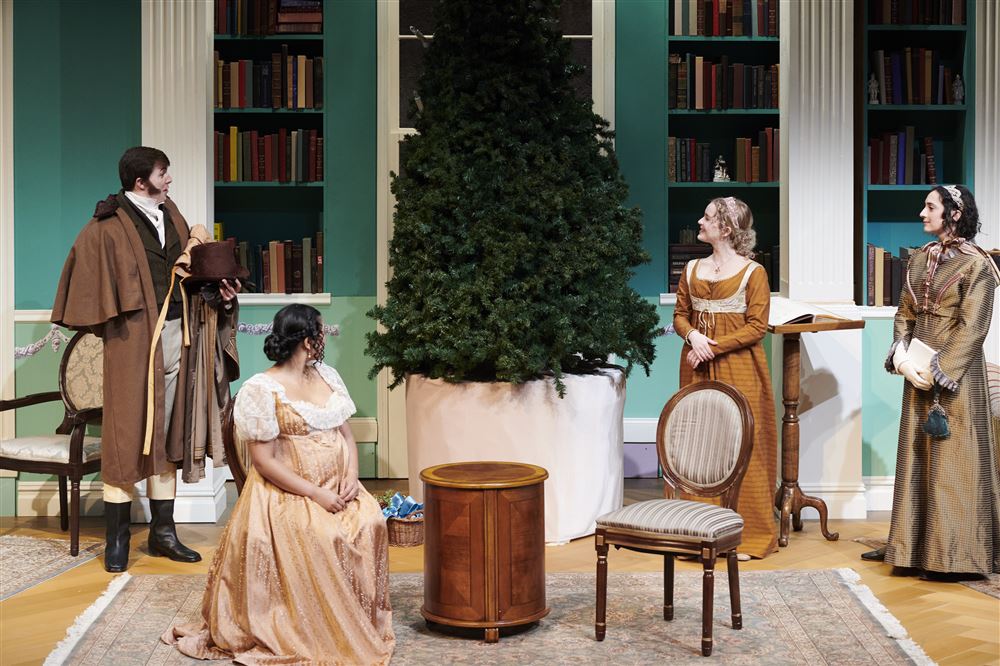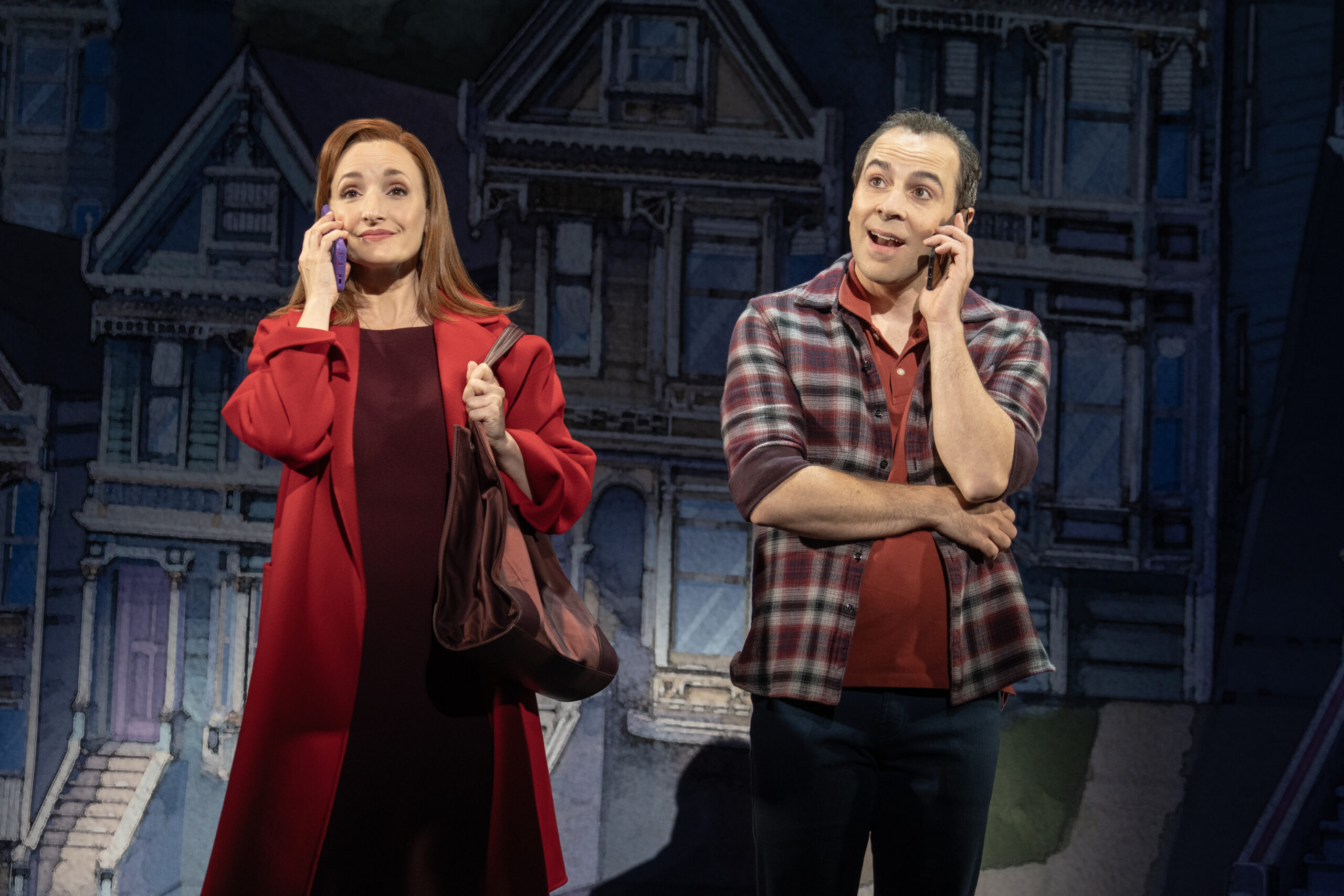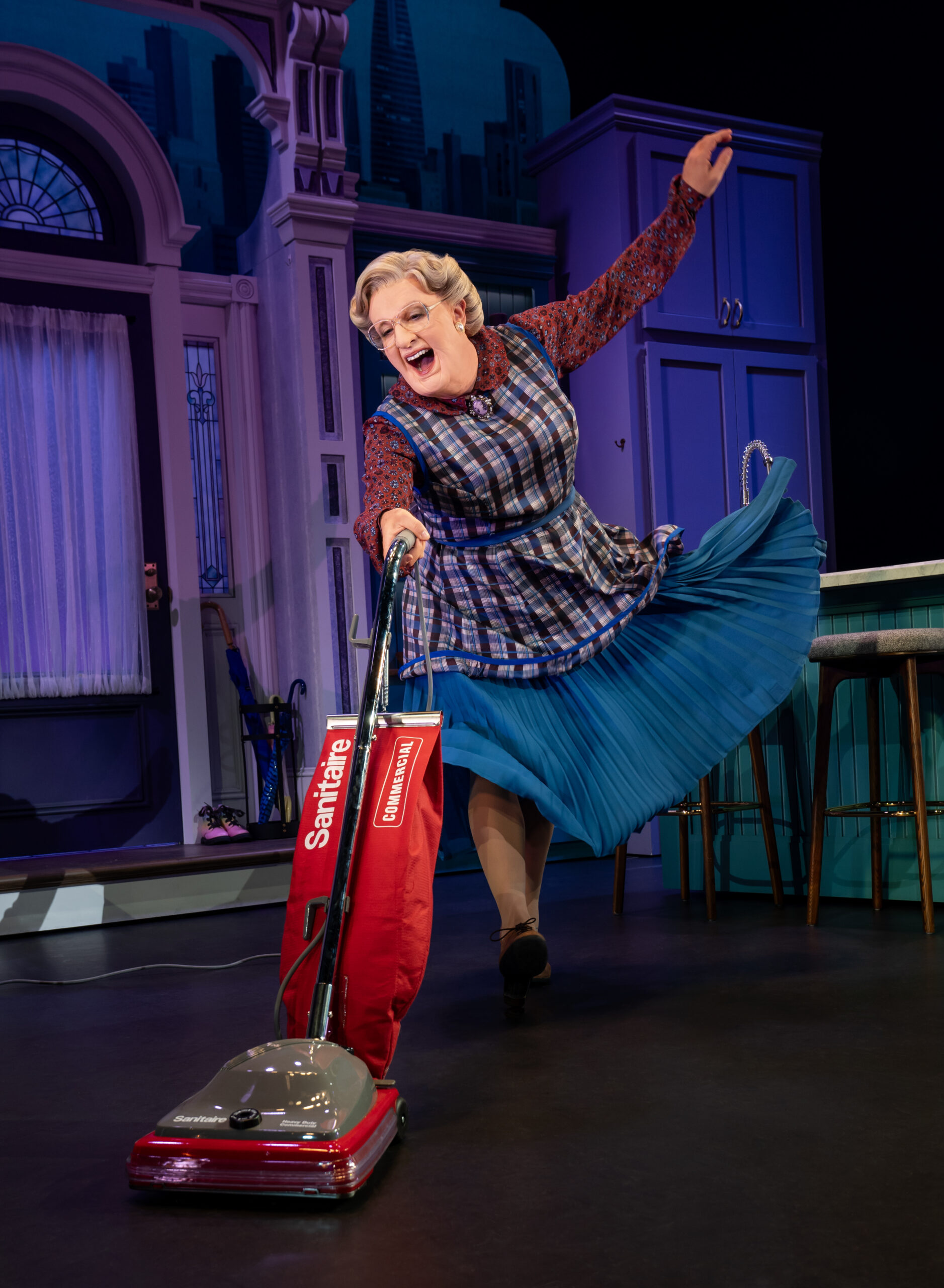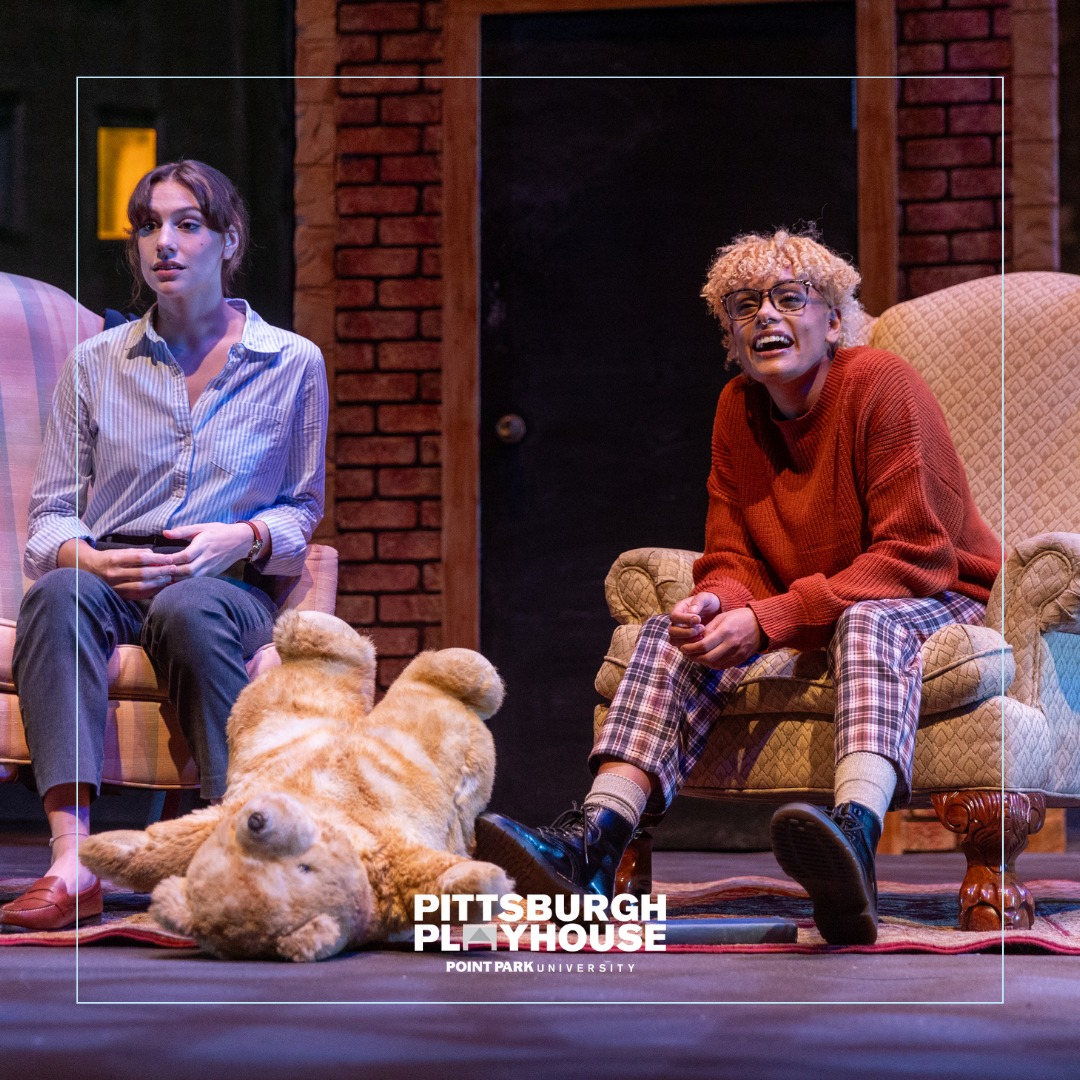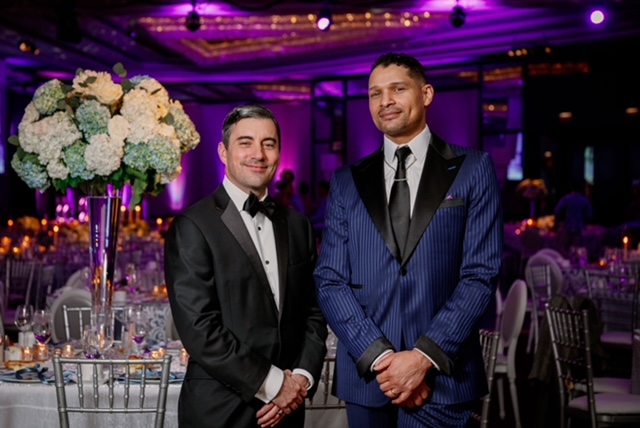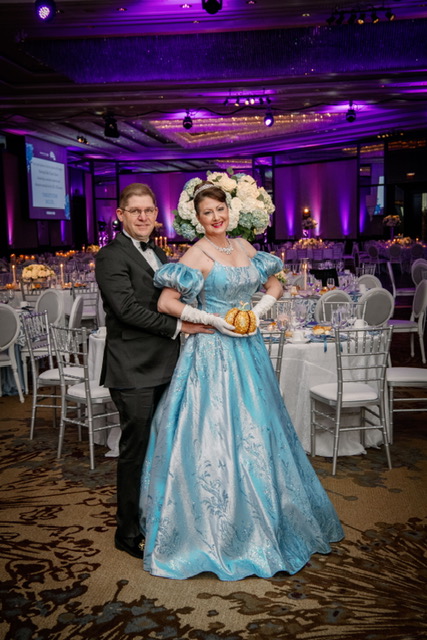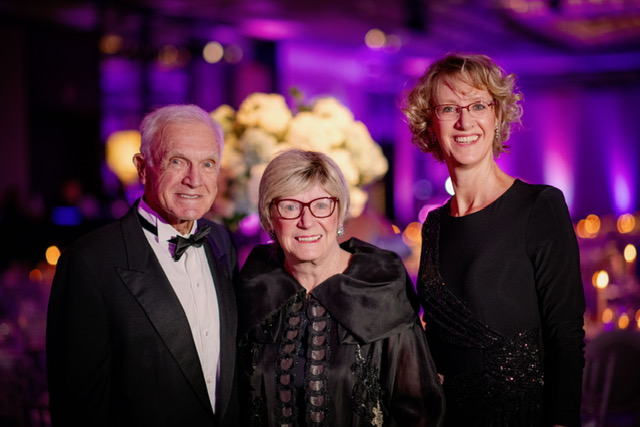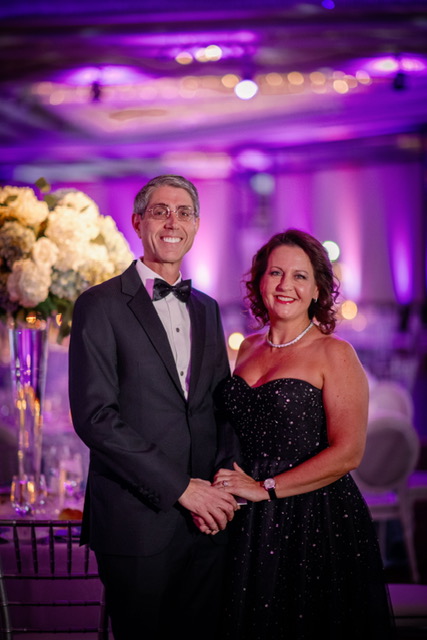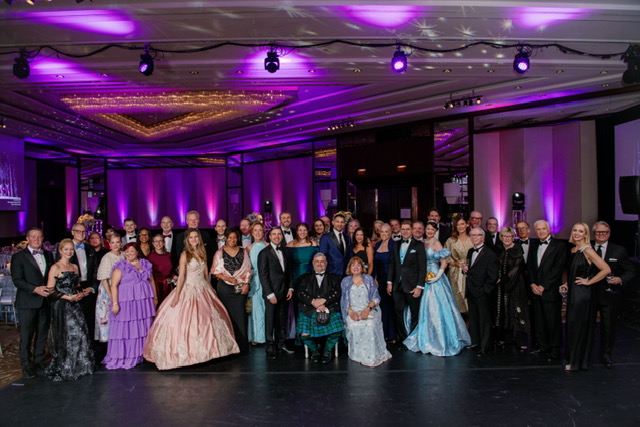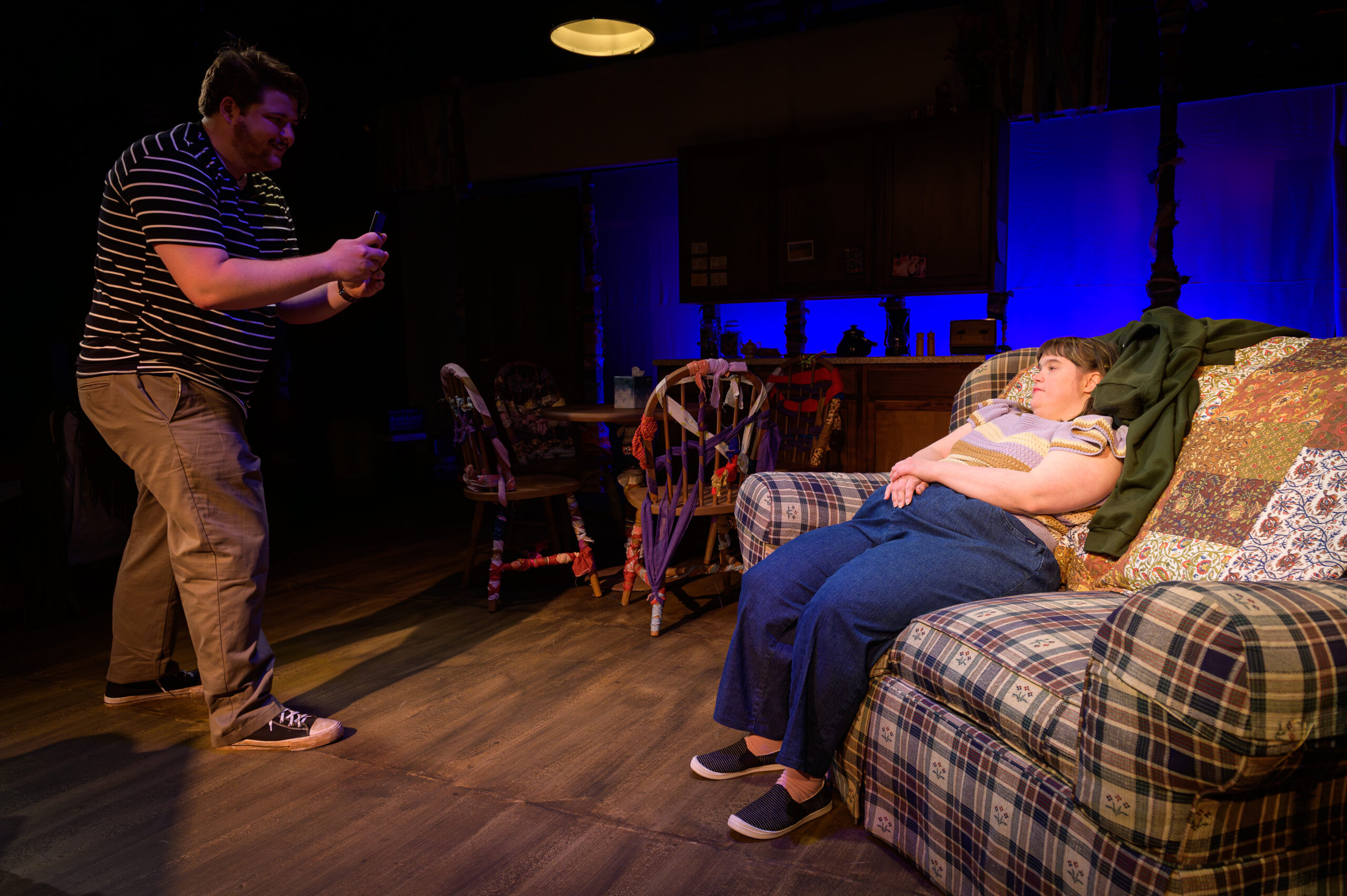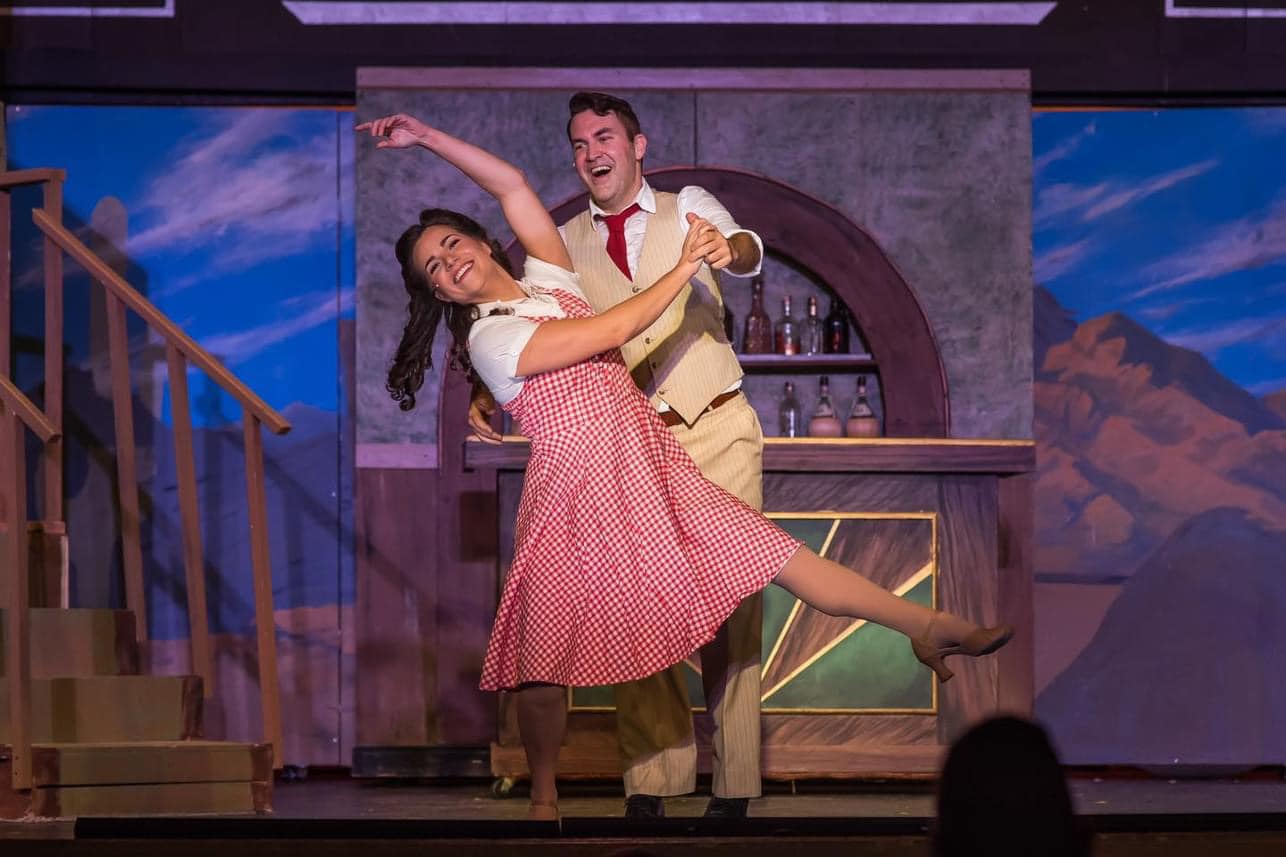By Michael Buzzelli
A mystery is afoot in Cloisterham and the townspeople are more than willing to sing about it in Rupert Holmes’ (“Escape” AKA The Pina Colada Song”) madcap whodunnit based on Charles Dickens’ unfinished novel, “The Mystery of Edwin Drood.”
In this play-within-a-play, the inimitable-and-insufferable stage actress Miss Alice Nutting plays Young Edwin Drood (Alondra Trinidad-Colon) in the Music Hall Royale, where she and a ridiculously large cast of actors perform Dickens’ final work.
On a rainy Christmas Eve (the Dickens you say), Edwin Drood disappears. Is he dead? Is he alive and secretly trying to solve his own murder as detective Dick Datchery? Who knows?
Here’s the hitch…since it’s an unfinished work, the audience is going to “Choose Your Own Adventure” the ending, like “Clue,” there are several different resolutions based on votes from the audience. If you shout louder than the guy next to you, the killer identity changes from the obvious choice of the wicked John Jasper (Riley Nevin) to the grave digger Durdles (Gabriel Hammesfahr), or maybe it’s one of the recently-orphaned Landless siblings, Neville (Juan Romero Muñoz) or his sister, Helena (Andrea Nalbandian). Maybe the killer among them is the right Reverend Mr. Crisparkle (Braden Andrew).
Even though the ending changes from night to night, there will be no spoilers here.
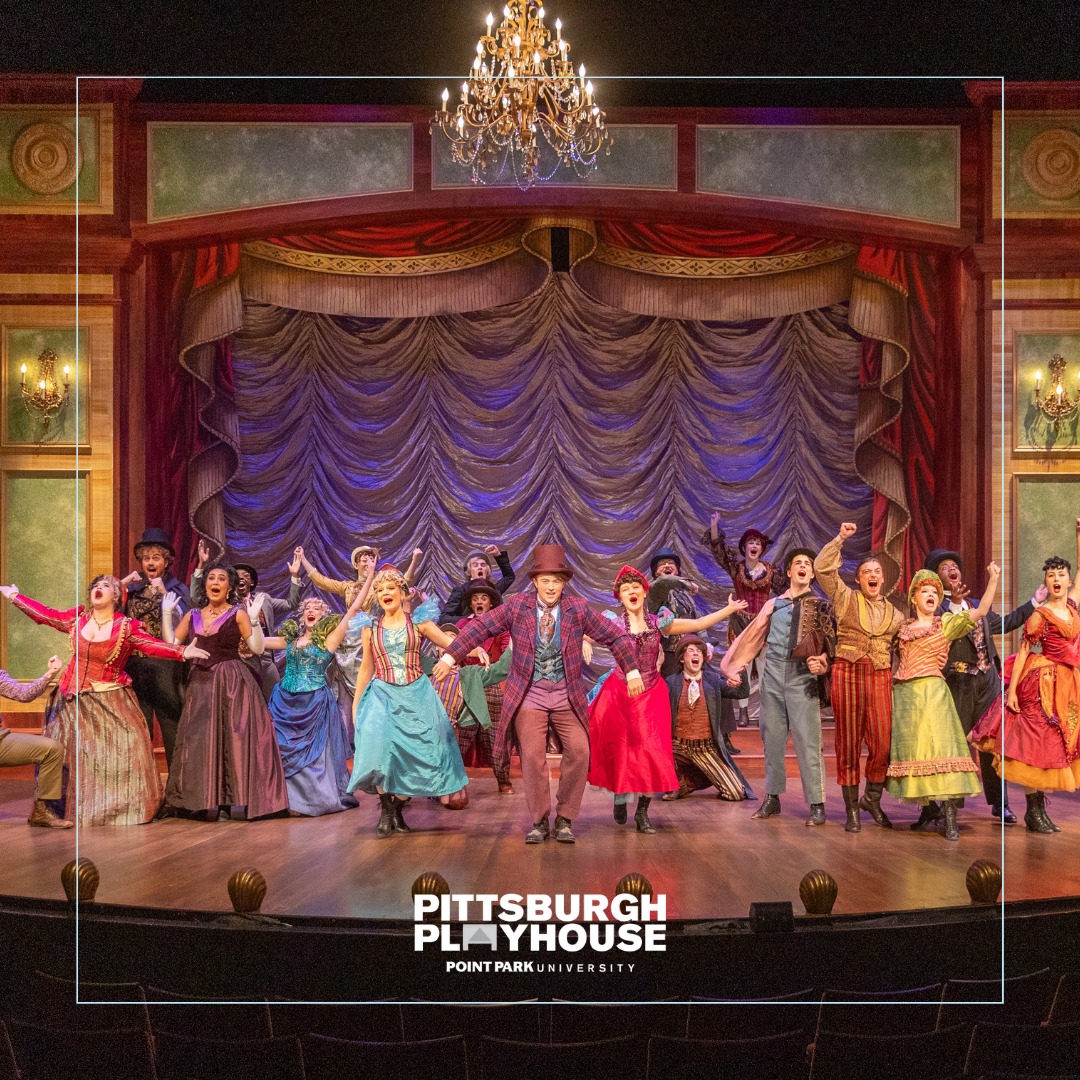
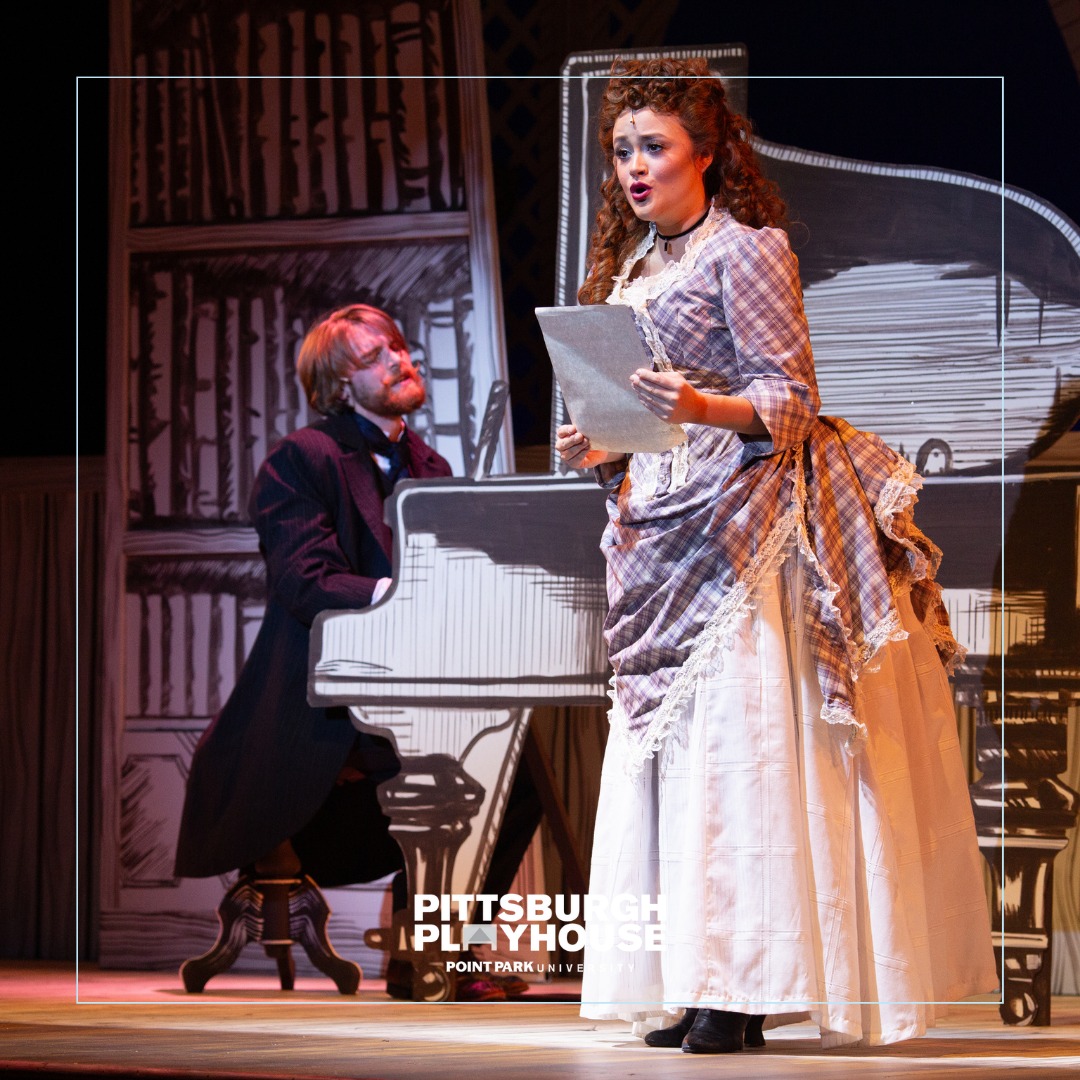
The actors in “The Mystery of Edwin Drood” are encouraged to go as far over the top as they can, and they do! The cast – and there’ s a lot of them – is top notch from James Cunningham to James Hitchens (in order of appearance).
Every character in this light-hearted musical has their own unique walk. From Nevin’s Jasper as he thrusts himself about in an awkward, angular stride down to Elijah Corbin’s Master Nick Cricker, II, who bounces about like Tigger hopped up on methamphetamine.
Trinidad-Colon has a powerful stage presence and belts out a final tune (no spoilers).
Hammesfahr is bawdy and brilliant as Mr. Nick Cricker/Durdles.
Andrew does a nice job prattling and posing as the Reverend Crisparkle. Having recently seen the national tour of “Mrs. Doubtfire,” the reverend’s appearance struck an uncanny resemblance to one Mrs. Euphegenia Doubtfire.
Muñoz chews the scenery with a flamboyant flair as the shifty Neville Landless.
Nalbandian manages to grab a laugh just by raising her eyebrow (and it goes as high as it’s biologically allowed).
Gabriela Garza plays Miss Angela Prysock playing Princess Puffer, the owner of an opium den. Her character is steeped in Dickensian tradition, a woman crawls her way to the top by being the most lowly of creatures. She is fantastic in the role and gets the award for Best English Accent. Her rendition of “The Wages of Sin” is a showstopper.
Johnmichael Bohach’s set design is a marvel, an Edward Gorey rendering or a cartoon by Charles Addams leaping off the page, black and white etching and cross-hatching on everything from piano to lamppost. The Black and white set contrasts with the kaleidoscopic colors of Michael Montgomery’s costumes, each seam and stitch is pure perfection.
The songs aren’t much too sing about, though the jaunty “Off to the Races” is filled with verve. The orchestra was terrific, but, at times, it overwhelmed the singers, making it difficult to hear some of the lyrics. Ironically, when the curtain is pulled back, the orchestra is in perfect harmony with the performers, but when the curtain closes, the music is oddly amplified.
The first act goes a little long, but this reviewer’s inconvenience stemmed from an immediate need of the lobby’s restroom.
“The Mystery of Edwin Drood” is masterfully directed and choreographed by Zeva Barzell with a stellar cast. The show encourages the audience to “Kick off your boots, loosen your corsets…and enjoy yourselves.” In other words, don’t take any of it seriously and have a bit of silly fun.
-MB
“The Mystery of Edwin Drood” runs from December 6 – 10 in the PNC Theater, inside the Pittsburgh Playhouse, 350 Forbes Avenue, Pittsburgh, PA 15222. For more information, click here.



